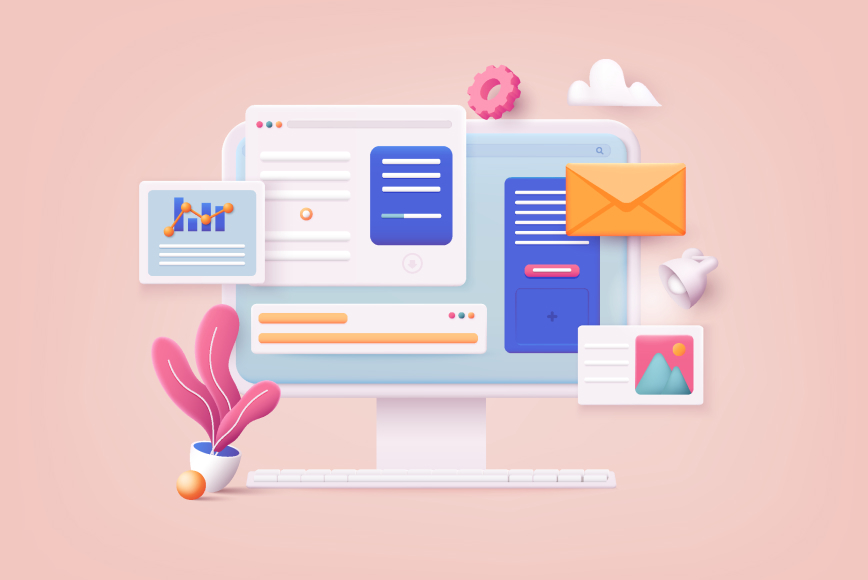In today’s digital age, your website serves as the face of your business. As technology and user expectations evolve, keeping your website updated is crucial for maintaining relevance and driving success. While redesigning your website involves time, effort, and investment, the benefits often outweigh the costs. Here’s an in-depth look at the costs and benefits of giving your website a facelift.
Costs of Redesigning Your Website
1. Financial Investment
Redesigning a website can be a significant financial commitment. The cost depends on the complexity, features, and size of your website. Hiring professional designers, developers, and content creators can add up quickly, especially if custom functionalities are required.
2. Time and Resources
A redesign project demands time and effort from your team. From planning and strategy meetings to reviewing designs and testing functionality, the process can temporarily divert attention from other business operations.
3. Potential Downtime
While transitioning from the old design to the new one, your website may experience downtime or technical glitches, which could disrupt user experience and potentially affect your business operations.
4. Training and Adaptation
If the redesign includes a new content management system (CMS) or additional features, your team may require training to understand and use the updated tools effectively.
Benefits of Redesigning Your Website
1. Enhanced User Experience (UX)
A modern design focuses on intuitive navigation, faster load times, and mobile responsiveness. Improving user experience can reduce bounce rates, increase engagement, and encourage visitors to take desired actions.
2. Better SEO Performance
An updated website often includes cleaner code, faster page speeds, and better mobile optimization, all of which contribute to improved search engine rankings. A redesigned site is also an opportunity to implement the latest SEO best practices.
3. Improved Branding and Credibility
A fresh, professional look can elevate your brand image and convey trustworthiness to your audience. Consistent branding across the site reinforces your company’s identity and values.
4. Increased Conversions
A website redesign can be tailored to guide users more effectively through your sales funnel. From strategic call-to-actions (CTAs) to optimized landing pages, a new design can significantly boost conversion rates.
5. Staying Competitive
In a fast-paced digital landscape, staying ahead of competitors is vital. A modern website can differentiate your business and show potential customers that you’re innovative and forward-thinking.
6. Scalability for Future Growth
A redesigned website can be built with scalability in mind, making it easier to integrate future technologies, features, and content. This future-proofs your investment and ensures your website grows with your business.
Is It Time for a Redesign?
If your website looks outdated, struggles with slow load times, isn’t mobile-friendly, or fails to meet business objectives, it’s time to consider a redesign. Regularly reviewing your site’s performance and gathering user feedback can help identify areas for improvement.
Conclusion
While redesigning your website involves upfront costs and challenges, the long-term benefits far outweigh the investment. An updated website not only enhances user experience and boosts your brand’s credibility but also ensures you remain competitive in an ever-changing digital landscape. By carefully planning and working with experienced professionals, you can create a website that drives success for years to come.


